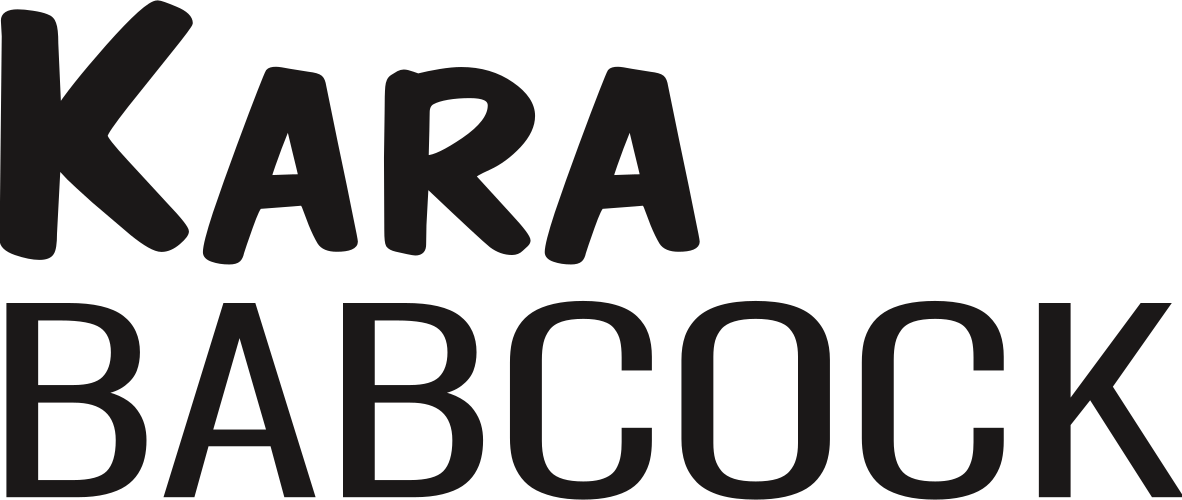Rap video about physics = BEST THING EVER
Have you ever looked at someone who is walking down the street listening to an MP3 player and said, "Gee, I wonder if that person is listening to a rap song about physics!"((If the answer is yes, and you haven't heard of the Large Hadron Rap, then you may be a closet physicist. Don't worry, there's support groups for those now.))
Because that's what I spent most of Monday and yesterday doing. Seriously.
Today marks the first circulation of particle beams through the Large Hadron Collider. This is the largest particle accelerator ever built--27 km in circumference! Soon scientists will begin high-speed particle collisions, and thousands of scientists from around the world will analyze the results of these experiments to help us better comprehend the universe.
I love physics. It interests me almost as much as math does. I'm also one of those people who believe that science, especially physics, doesn't need to be inaccessible to laypeople. While you may not be able to grasp the more esoteric mathematics behind the theories, it is possible to distill it down to the most basic points. Katherine McAlpine managed to do just that with her Large Hadron Rap. If you want to know what the LHC does, but you just don't get all those explanations on Wikipedia or other news sites, watch this:
Yes, it's a rap video about physics!! There's also an MP3 available for download (so I can listen to it elsewhere). I think it does a remarkable job at explaining the LHC--the diagrams in the video assist the lyrics, especially for those of us who don't speak rap. :D The video reminds me of the music videos at the end of Bill Nye: The Science Guy episodes. Oh, those were the days....
Those of you who just came for the video can go now; anyone who's going to stay for some science babble may continue reading.
The LHC is a remarkable achievement because it will give scientists a glimpse at subatomic reactions with the fidelity we've never had before. It's like HDTV for physics, only not only can we see better, but we can actually create more types of collisions.
What's the big deal about particle accelerators anyway? I mean, it's a couple of protons zipping around so quickly that they've completed a circuit faster than your brain can tell your eyes to blink. But by smashing protons into each other, and observing the results--i.e., what sort of particles and energy gets emitted--we can verify theories about how the universe works.
Particle physics and particle accelerators do have real-world applications. These scientists aren't just spending billions of dollars because they are bored. Thanks to nuclear reactors, we have the ability to treat (alas, not cure) cancer. One form of cancer treatment requires radioisotopes, and the nuclear reactor in Chalk River, Ontario produces eighty-five per cent of the world's supply of medical isotopes (primarily Cobalt-60, I believe). We live in a society where we have the ability to split the atom not just to destroy, but to create substances to save lives. Science is wonderful.
Particle accelerators have medical applications too. The LHC is kind of large for that purpose, but its smaller, more linear cousins (called "linear accelerators", unsurprisingly) are an alternative form of therapy for cancer. Rather than creating the isotopes in a nuclear reactor and then storing and transporting them, the particle accelerator collides ions during the treatment, emitting the radiation that kills the tumour. Since storing radioactive isotopes is rather dangerous and expensive, producing radiation only as needed is safer and more efficient.
CERN has slightly larger aspirations for the LHC. Scientists are hoping to test numerous theories, as explained in the Large Hadron rap. We want to know where all the antimatter went; we're trying to figure out what exactly composes dark matter; and failing all else, the LHC will at least help us verify or disprove the Standard Model of physics. All of this is built upon the work of those who came before, and the results of these experiments will in turn contribute to improvements in science and society in the future.

